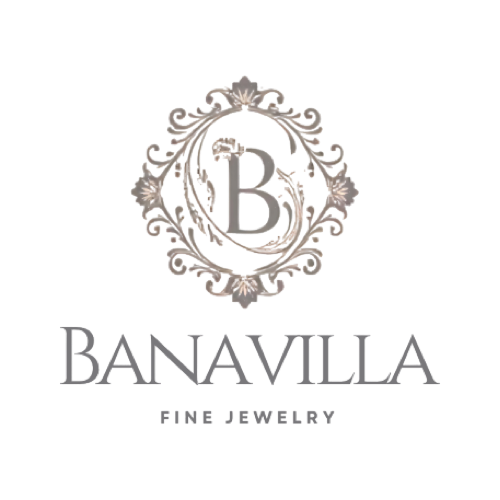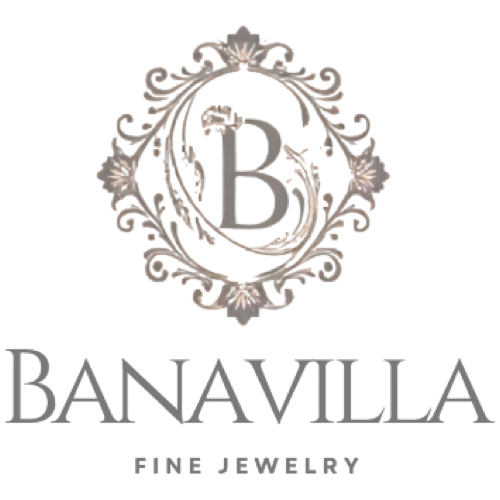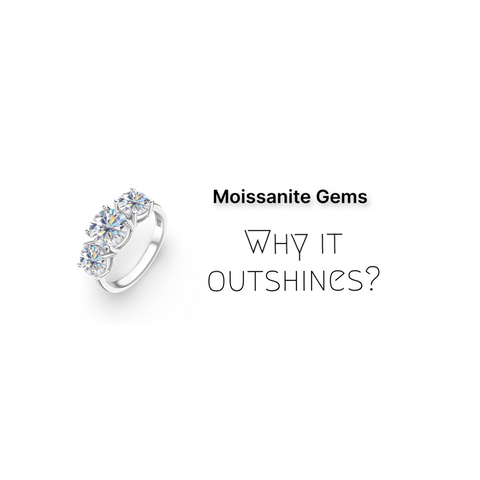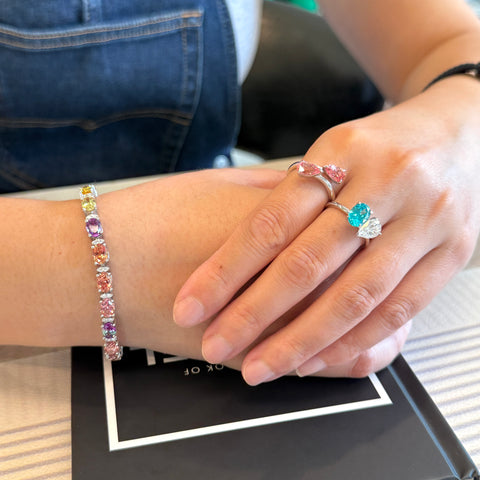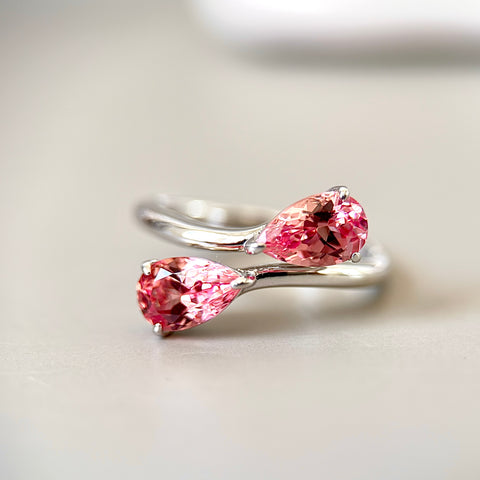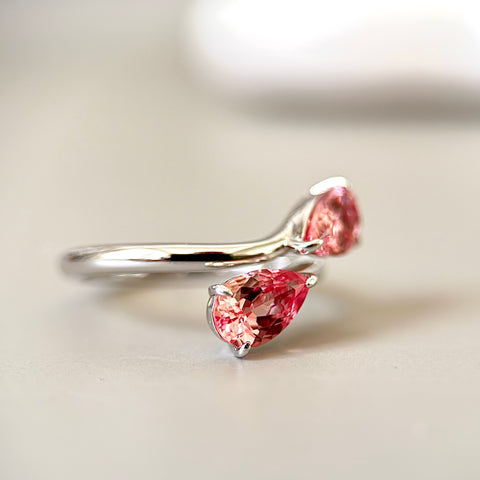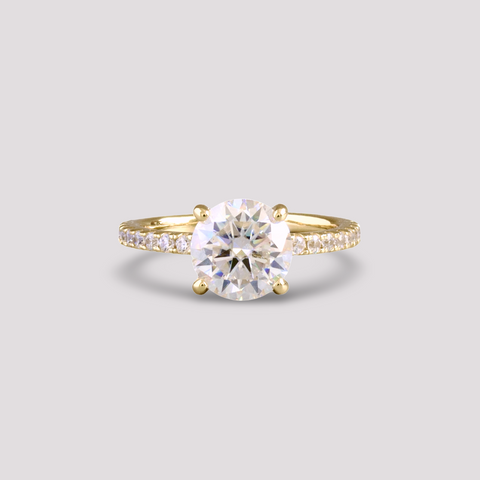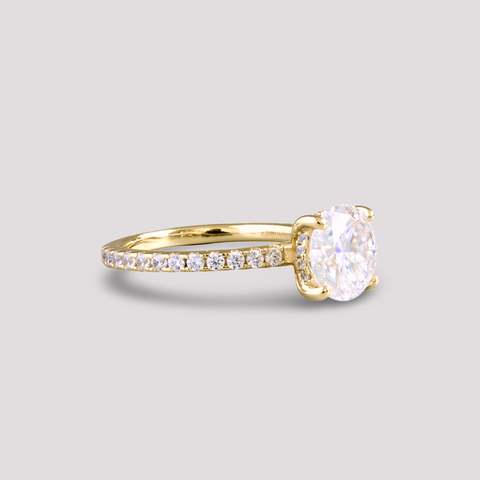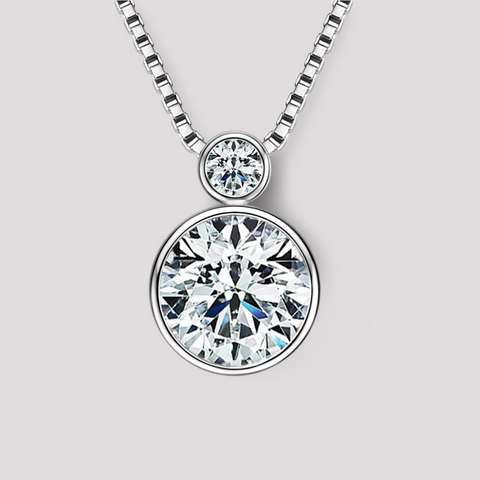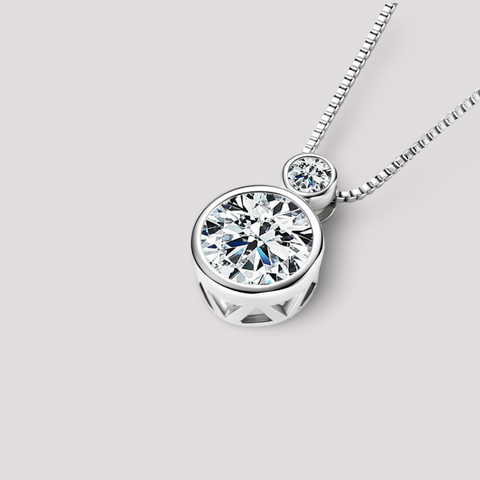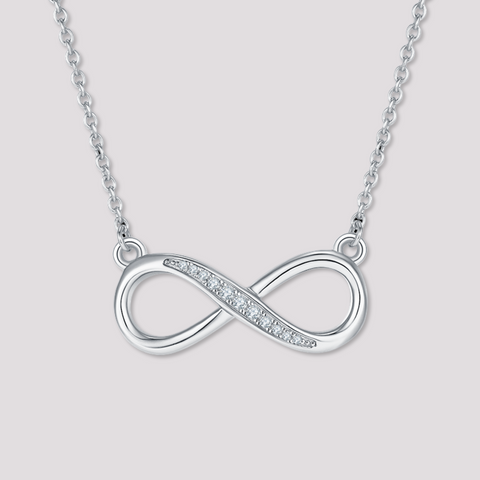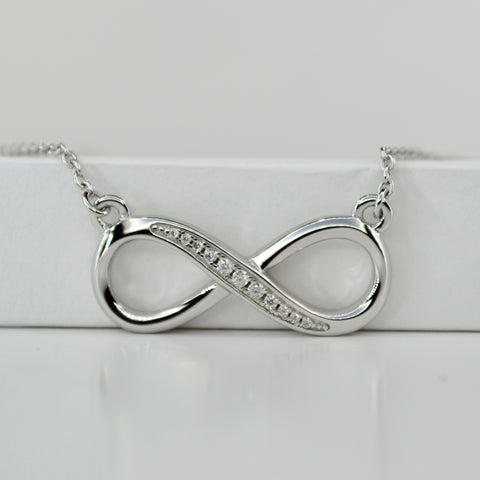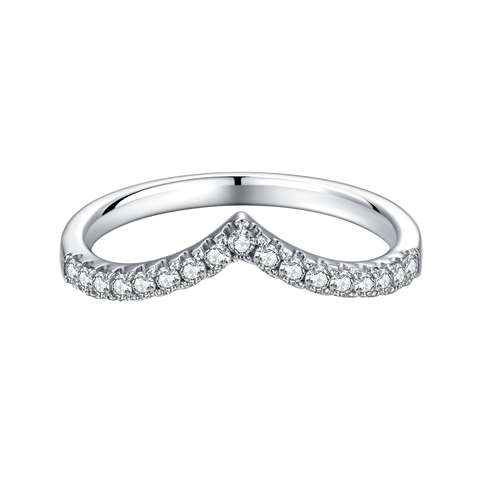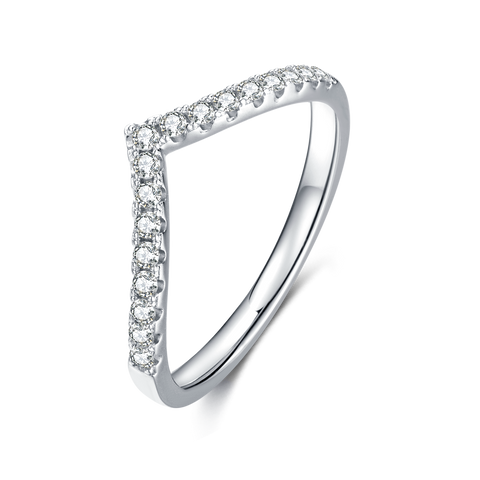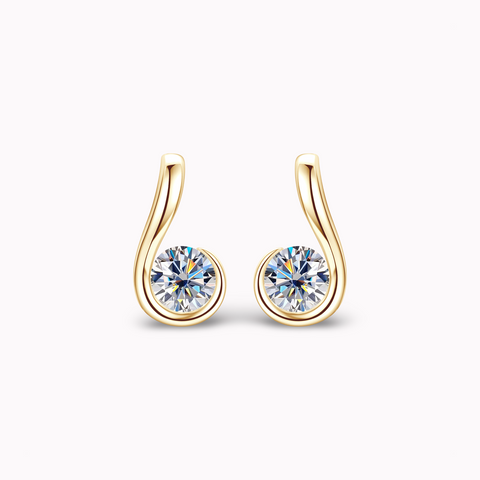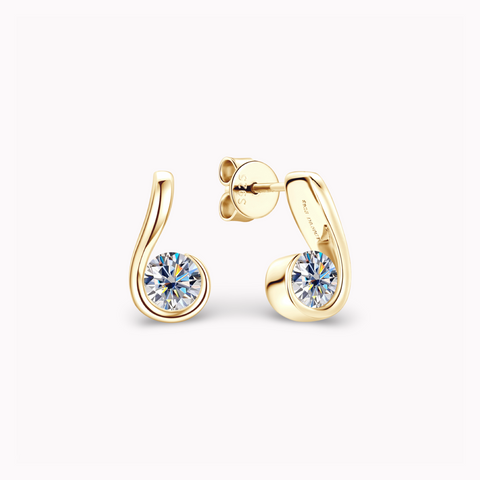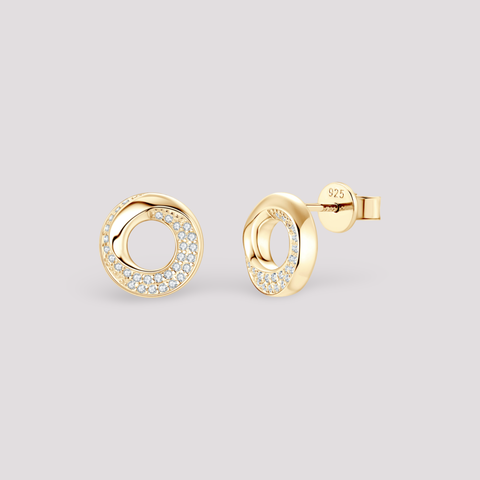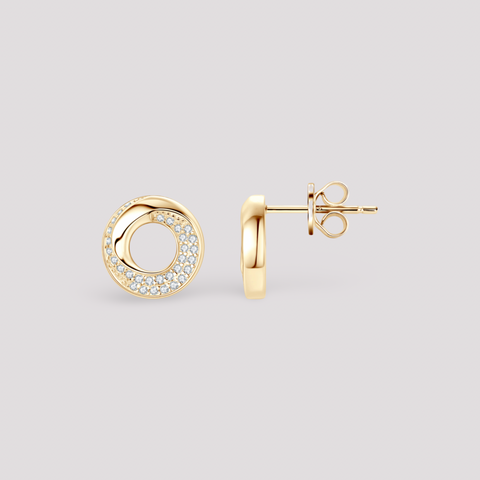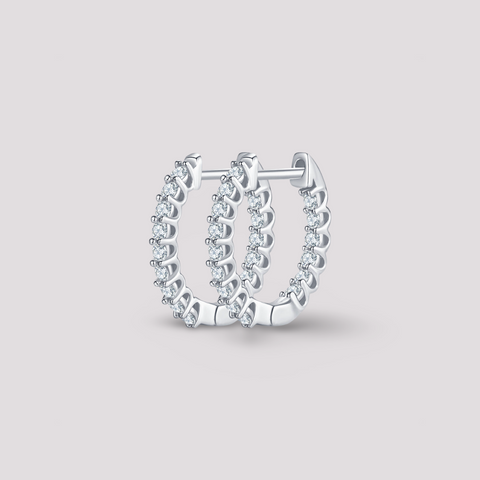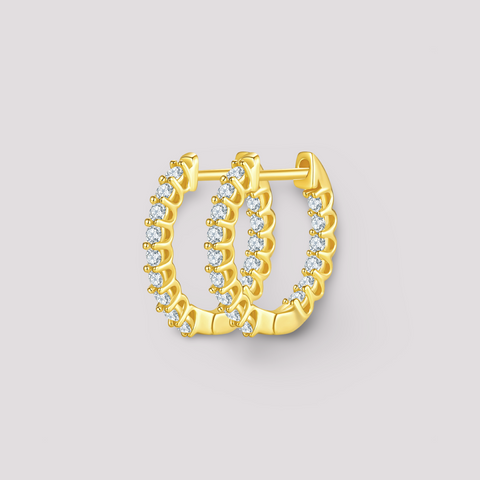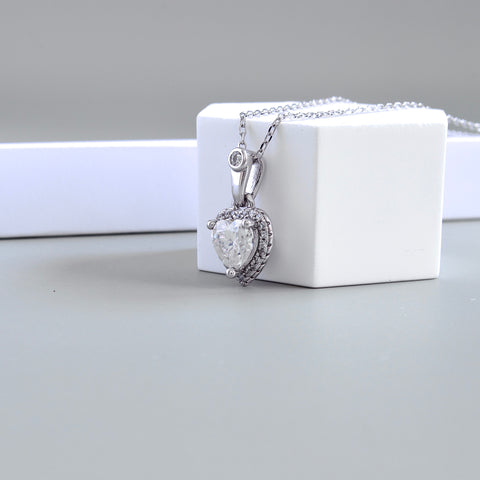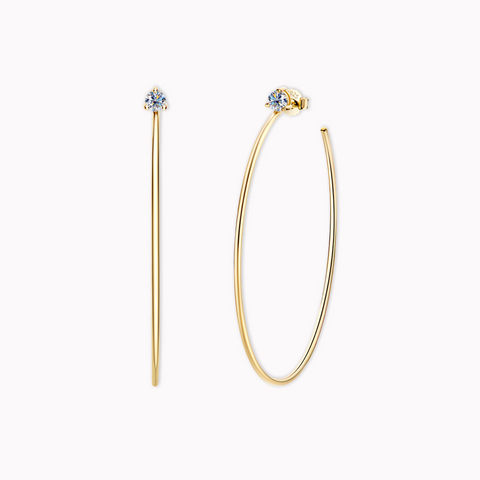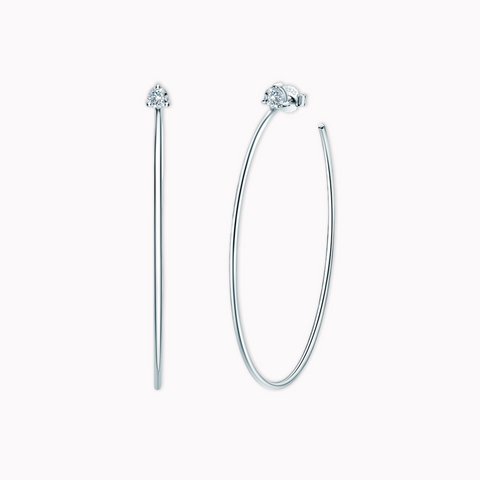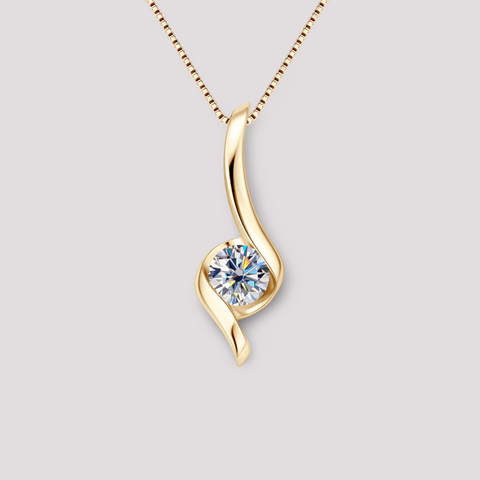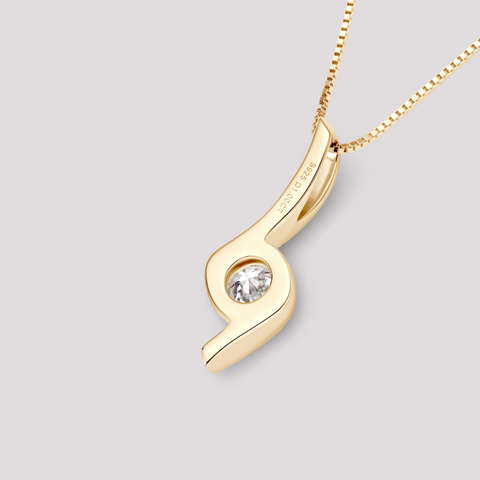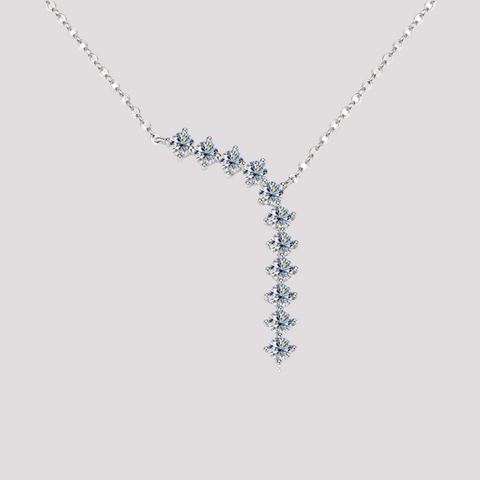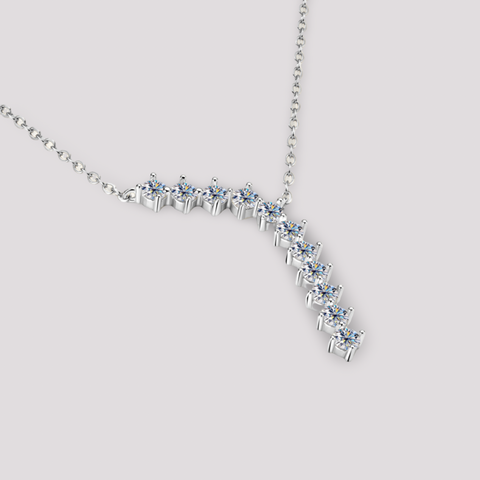At Banavilla Jewelry, we’re passionate about Moissanite—the gemstone that’s taking the jewelry world by storm. But where does Moissanite come from, and why does it outshine traditional favorites like diamonds and cubic zirconia? From its cosmic origins to its technical superiority, Moissanite is redefining what luxury means for today’s jewelry lovers. Younger generations, especially Gen Z and Millennials, are embracing Moissanite for its brilliance, affordability, and ethical appeal, making it the trending gem of the future. Let’s dive into Moissanite’s story, compare it to other gems, and explore why it’s the ultimate choice for modern sparkle at Banavilla.com.

The Origins of Moissanite – A Gem from the Stars
Moissanite has a truly out-of-this-world origin story. Discovered in 1893 by French scientist Henri Moissan, Moissanite was first found in the Canyon Diablo meteorite crater in Arizona. Moissan initially mistook the silicon carbide crystals for diamonds, but later identified them as a new mineral—now named Moissanite in his honor. Naturally occurring Moissanite is incredibly rare, found only in trace amounts in meteorites, some volcanic rocks, and kimberlite deposits.
Today, the Moissanite in jewelry, like our Dovie Sole Necklace, is lab-created to ensure ethical sourcing and consistent quality. This process replicates the natural conditions under which Moissanite forms, producing gems with exceptional clarity and brilliance. Unlike mined gemstones, lab-created Moissanite is conflict-free and environmentally friendly, making it a favorite for conscious consumers. Banavilla Jewelry proudly uses this “gem from the stars” to craft pieces that shine as brightly as its celestial origins.

Technical Comparison – Moissanite vs. Diamond vs. Cubic Zirconia
To understand why Moissanite outshines other gemstones, let’s compare it to diamonds and cubic zirconia across key technical properties: brilliance, fire, durability, and cost.
• Brilliance (Light Reflection):
Brilliance measures how much white light a gem reflects. Moissanite has a refractive index of 2.65, significantly higher than a diamond’s 2.42 and cubic zirconia’s 2.15. This means Moissanite reflects 2.65x more white light than a diamond and even more compared to cubic zirconia, creating a dazzling sparkle. For example, the 2-carat Moissanite in our Dovie Sole Necklace catches light from every angle, outshining any diamond necklace in its class.

• Fire (Dispersion of Colored Light):
Fire refers to the rainbow-like flashes a gem emits. Moissanite’s dispersion is 0.104, compared to a diamond’s 0.044 and cubic zirconia’s 0.060. That’s 2.36x more fire than a diamond and 1.73x more than cubic zirconia. This fiery sparkle makes Moissanite, like our Timeless Three-Stone Ring, a showstopper in any setting.
• Durability (Hardness):
On the Mohs scale of hardness, Moissanite scores a 9.25, just below a diamond’s 10 but far above cubic zirconia’s 8-8.5. This makes Moissanite highly resistant to scratches and wear, ideal for everyday jewelry like our Summer Huggie Hoop Earrings. Cubic zirconia, while affordable, is prone to clouding and scratching over time, diminishing its sparkle.
• Cost and Value:
A 2-carat diamond can cost $5,000 or more, while 2 carats of cubic zirconia might be under $50 but lacks durability. Moissanite strikes the perfect balance, offering diamond-like brilliance at a fraction of the cost, with better longevity than cubic zirconia.
Moissanite’s Popularity Among Young Generations
Moissanite is rapidly gaining popularity among Gen Z and Millennials, and for good reason. These generations prioritize sustainability, affordability, and individuality—values that Moissanite embodies perfectly. According to jewelry market trends, Moissanite sales have grown by 20% annually since 2020, driven largely by younger buyers who see it as a modern alternative to diamonds.
For young women, Moissanite’s ethical sourcing resonates deeply—Gen Z and Millennials are 60% more likely to choose sustainable products, per a 2024 Nielsen report. Its affordability also makes it accessible for early-career professionals or students who want luxury without the hefty price tag. It allows them to invest in stunning jewelry without financial strain. Plus, Moissanite’s fiery sparkle lets them express their unique style, whether they’re stacking rings or layering necklaces for a trendy look.

The Future of Jewelry – Moissanite as the Trending Gem
Moissanite isn’t just popular now—it’s on track to become the most sought-after gem in the future. Industry experts predict that by 2030, Moissanite will capture 30% of the fine jewelry market, up from 10% in 2025, driven by its ethical appeal and superior qualities. Social media platforms like TikTok and Instagram are buzzing with Moissanite content—#Moissanite has over 500,000 posts on Instagram as of April 2025, with young influencers showcasing its sparkle in viral videos.
Banavilla Jewelry is at the forefront of this trend, offering pieces that blend timeless design with modern values. Our collections are designed to meet the demands of the next generation of jewelry lovers. As Moissanite continues to rise, Banavilla is proud to lead the way, bringing ethical brilliance to every moment.
